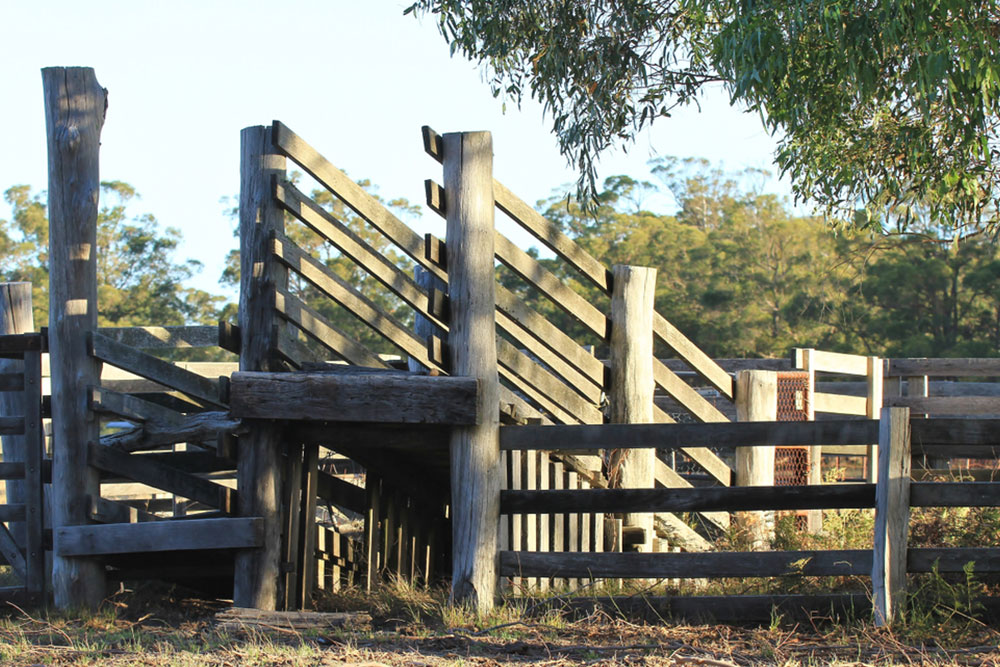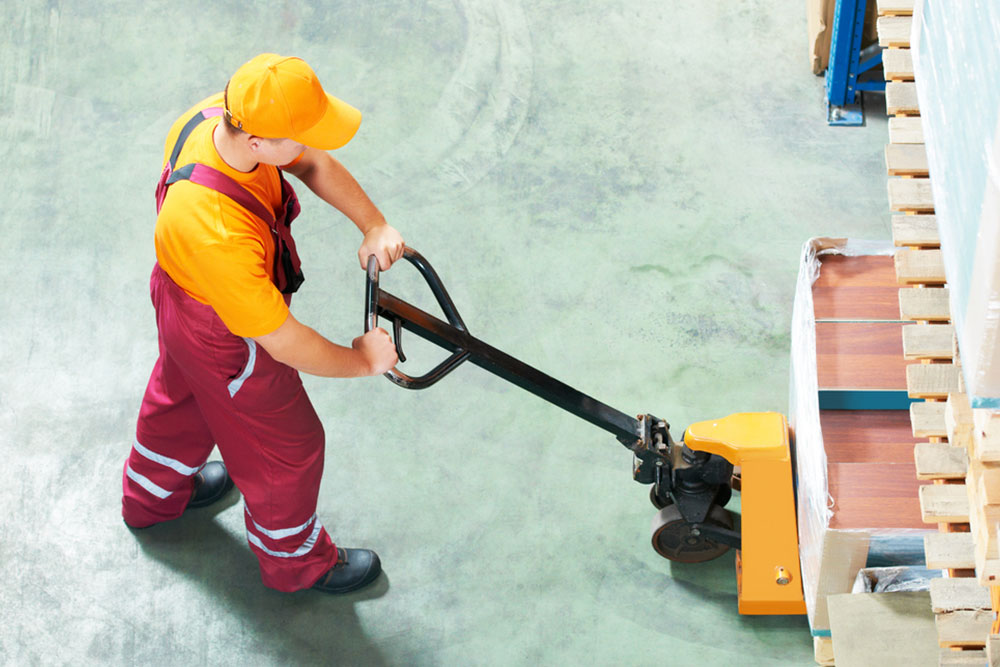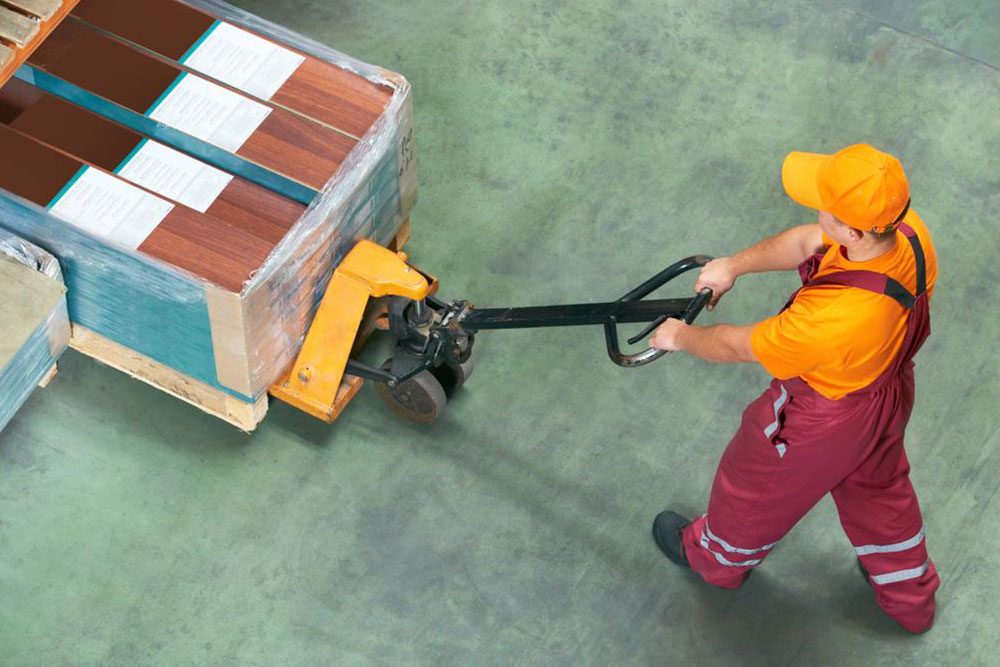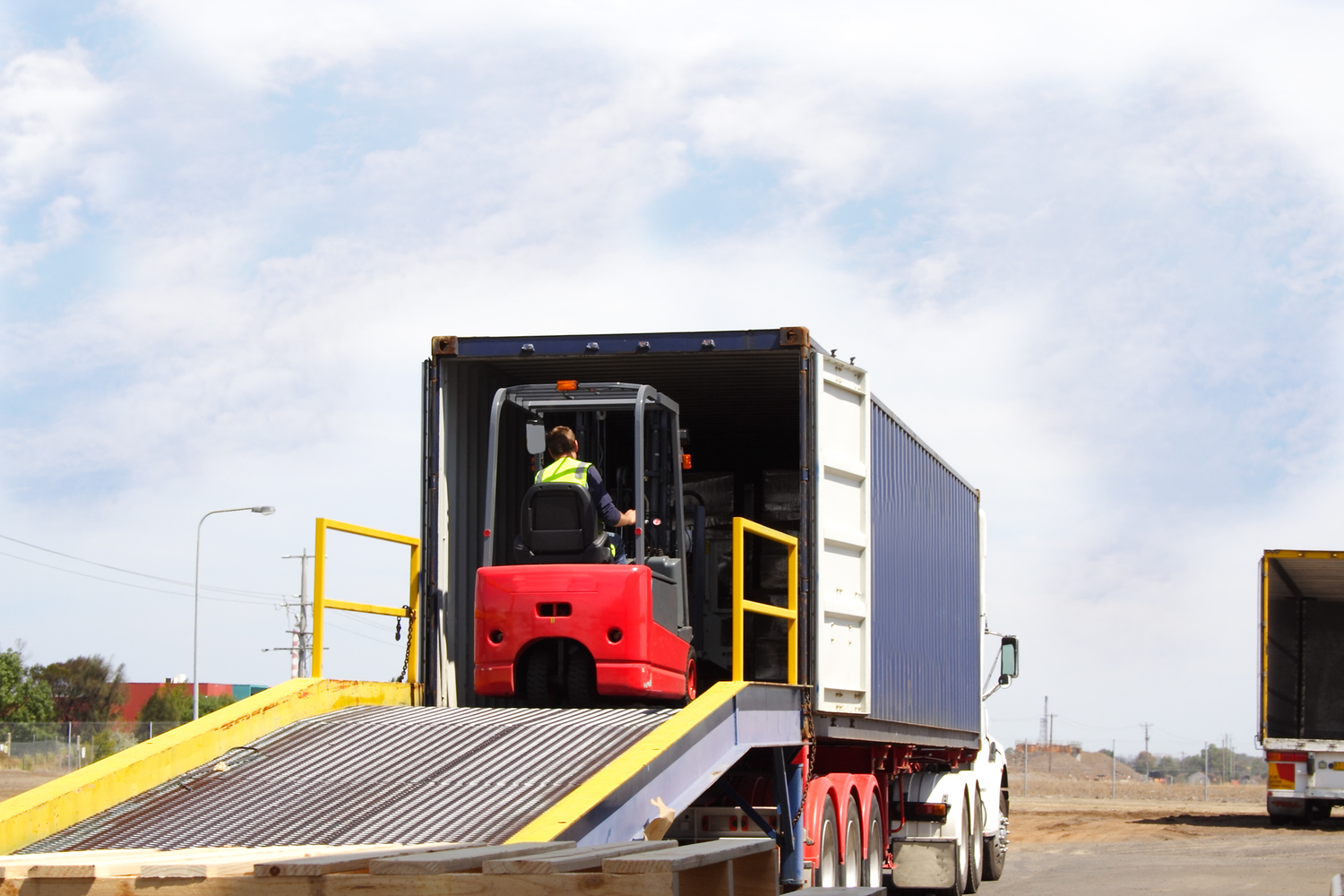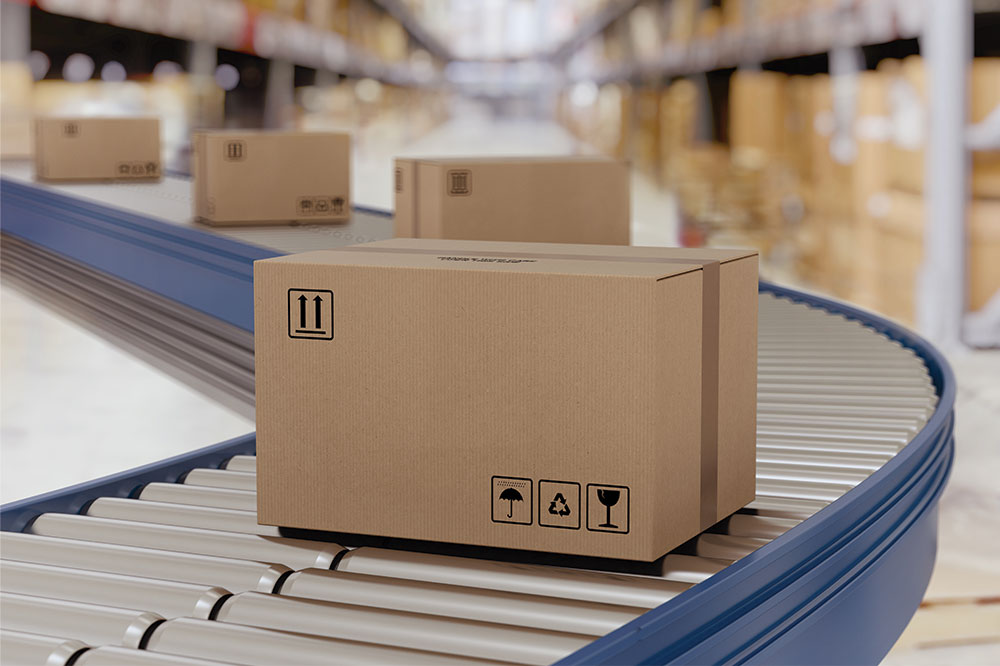The Ultimate Guide to Different Types of Forklifts: Applications, Features, and Pricing Insights
This comprehensive guide explores various forklift types, their specific applications, features, and their associated costs. Understanding these vehicles helps businesses optimize their material handling operations efficiently. From compact pallet jacks to rugged outdoor forklifts, find out how to choose the right equipment for your needs and budget.
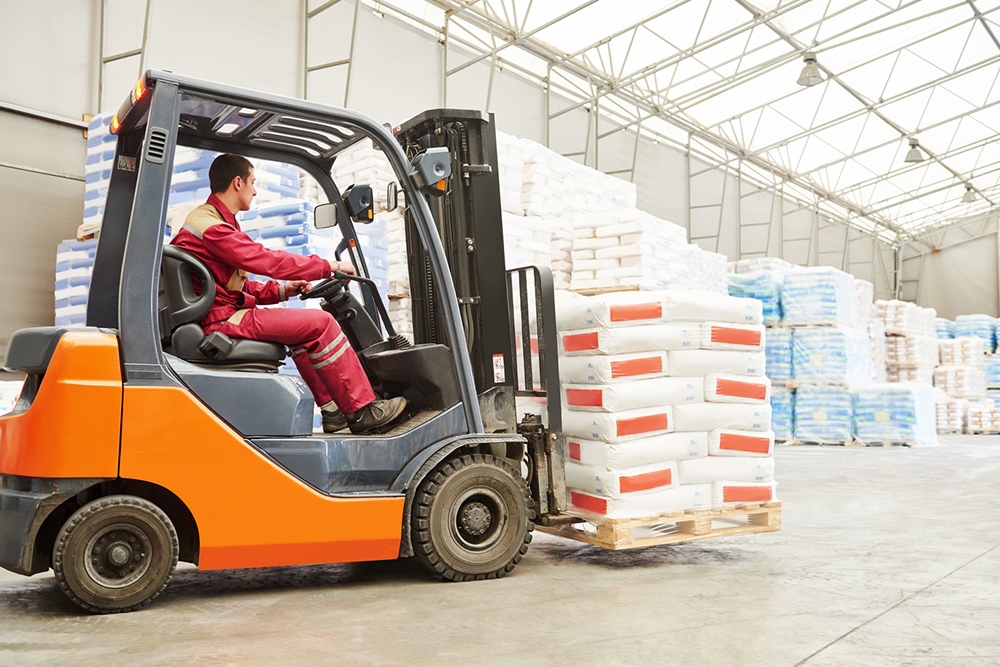
Comprehensive Overview of Forklift Varieties, Their Uses, and Cost Considerations
Forklifts are indispensable heavy machinery in the industrial sector, revolutionizing how goods are lifted, moved, and stored across various industries. Since their invention in the early 20th century, forklifts have continuously evolved to meet the changing demands of warehouses, construction sites, and outdoor logistics operations. These vehicles come in a wide array of models and specifications, each designed for specific environments and lifting requirements. Understanding the different types of forklifts, their applications, and cost factors is crucial for businesses looking to optimize efficiency and minimize operational expenses.
Pallet Jack Forklift: A small yet vital equipment, pallet jacks are primarily electric-powered or manual devices used for quick and easy movement of pallets within confined spaces like warehouses. Their compact size allows maneuverability in tight aisles, making them ideal for internal logistics. Typically, they are quite affordable, with prices starting around MXN25,000, and are suitable for short-distance transport of lightweight cargo.
Counterbalance Forklift: This widely used indoor forklift features a balancing weight at the back, which counteracts the load on the forks. Its design allows for handling heavy items such as pallets of goods, machinery, or large crates with stability and safety. Counterbalance forklifts are versatile, used extensively in warehouses, manufacturing plants, and distribution centers. The cost for these units generally ranges from MXN64,000, depending on their lifting capacity and features.
Side Loader Forklift: Unique in its design, a side loader operates sideways, making it perfect for narrow aisles or tight storage spaces, especially in steel warehouses and cold storage facilities. Equipped with a side-mounted fork mechanism, these forklifts facilitate efficient handling of long or bulky materials. Their price point hovers around MXN825,000, reflecting their specialized application and capabilities.
Order Picker Forklift: Specifically designed to access high shelves in a warehouse, order pickers allow operators to pick individual items or boxes with precision. These units are essential in e-commerce operations, retail warehousing, and distribution centers. The typical investment required for an order picker is approximately MXN150,000, influenced by height reach capabilities and ergonomic features.
Telehandler Forklift: Also known as telescopic handlers, telehandlers are outdoor forklifts equipped with extendable booms, allowing for versatile applications such as lifting loads to great heights or distances. Commonly used in agriculture, construction, and manufacturing, telehandlers can handle heavy loads in challenging terrains. Their prices are generally around MXN1,300,000, depending on load capacity and reach specifications.
Heavy-Duty Forklift: These robust machines are built for extreme lifting tasks, often used in construction, mining, and heavy industrial projects. They feature high load capacities and reinforced structures. The price for heavy-duty forklifts can vary significantly, reaching up to MXN1,020,000, based on their specifications and features.
Reach Truck Forklift: Designed to access high shelving units, reach trucks are taller variants that extend forks vertically for stacking and retrieving goods in high warehouses. These are essential in multi-story storage facilities. Expect to pay around MXN184,000 for a standard reach truck, with pricing influenced by height and lifting capacity.
Rough Terrain Forklift: Equipped with large pneumatic tires and sturdy chassis, rough terrain forklifts excel on uneven outdoor surfaces such as gravel or dirt. They are vital in construction sites and outdoor loading areas. Their prices typically hover near MXN342,000, reflecting their rugged design and outdoor adaptability.
Choosing the right forklift depends on various factors including operational environment, load requirements, and budget constraints. Proper understanding of each type’s features ensures businesses can improve logistical efficiency while controlling costs. Investing in suitable equipment not only enhances productivity but also extends the lifespan of your fleet by matching tools to the specific demands of your operations. Whether operating indoors in tightly packed warehouses or outdoors on rugged terrain, selecting the appropriate forklift can significantly impact overall operational success.
Remember that ongoing maintenance, operator training, and safety compliance are equally important components of an effective forklift strategy. By evaluating these aspects alongside your equipment choices, your business can achieve safer, more efficient material handling processes and long-term cost savings.
